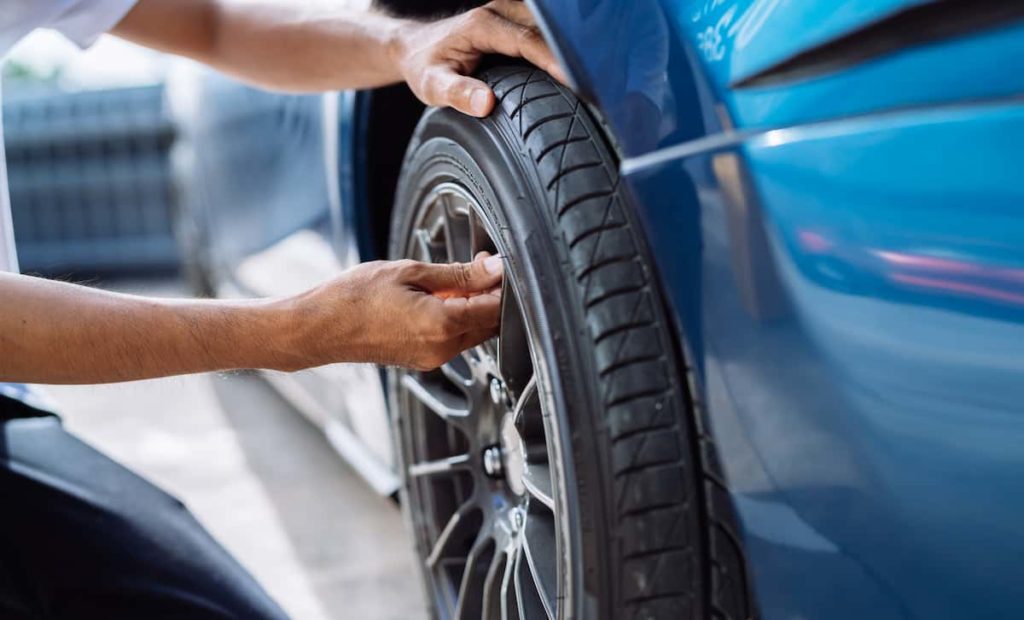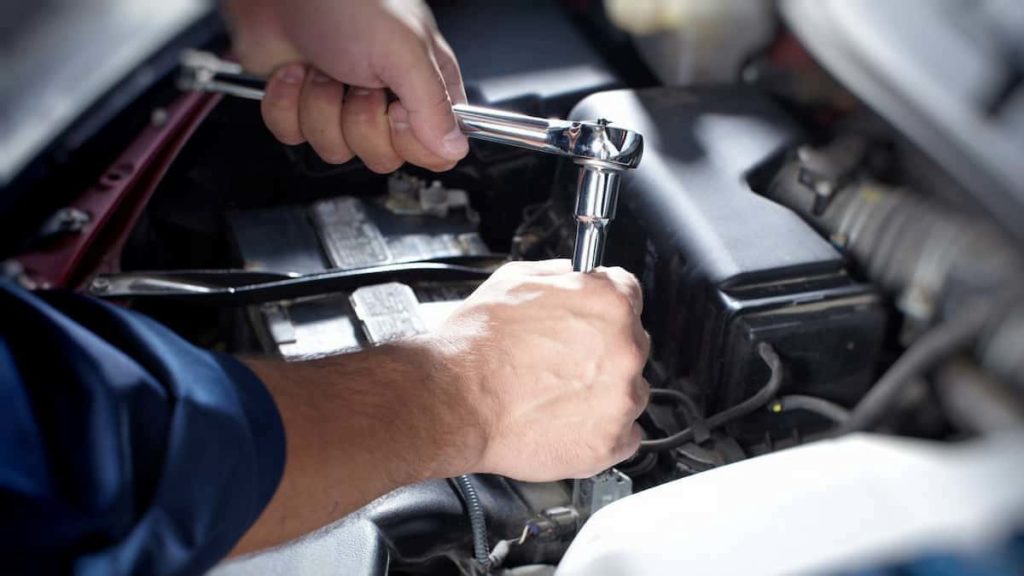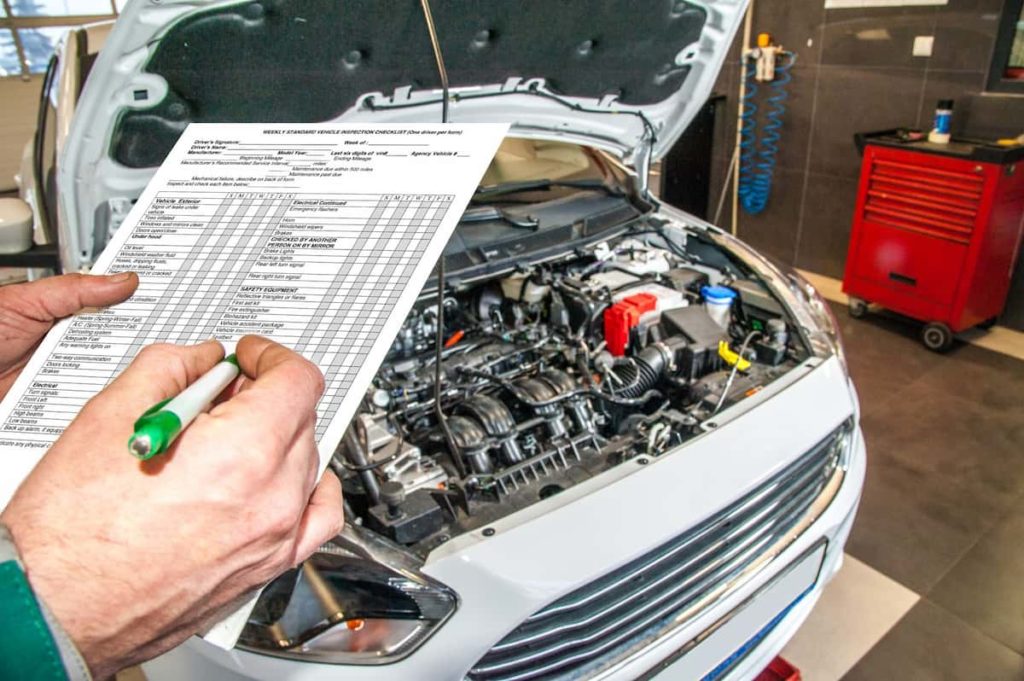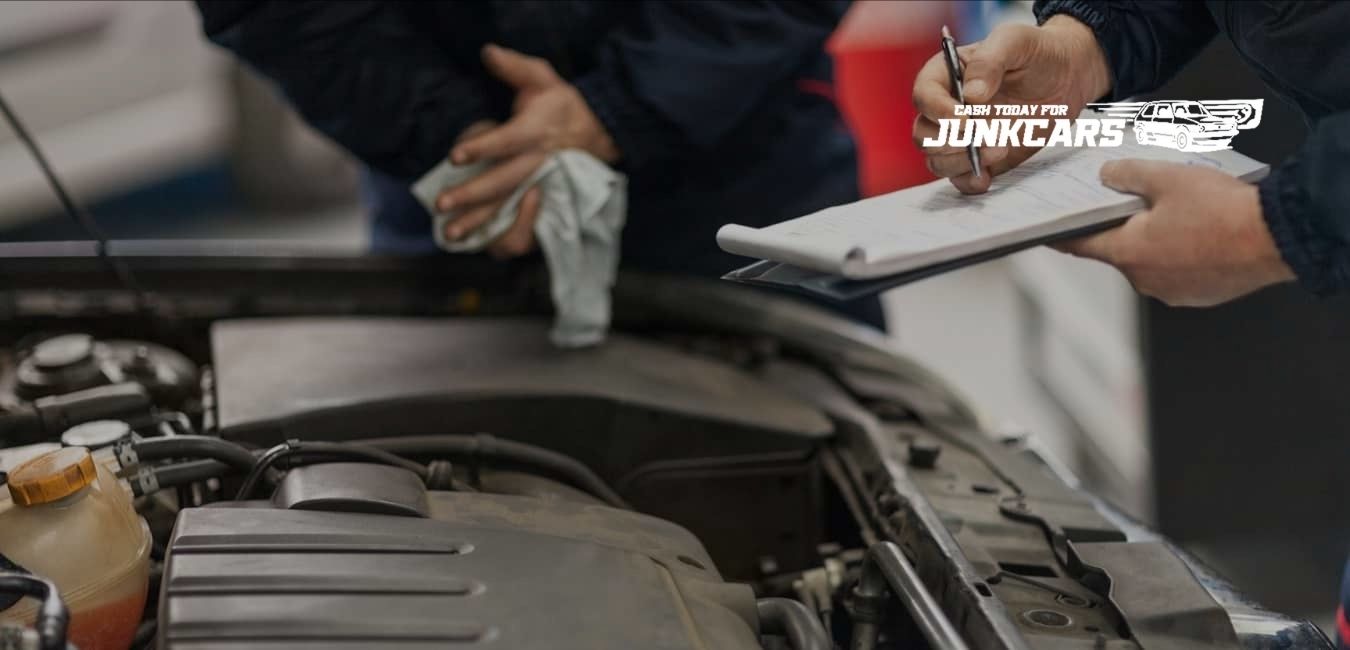If you want to drive your vehicle with confidence and to keep it going year after year, a car maintenance checklist by mileage will ensure that it stays on top of all its operating parts according to the recommendations of the manufacturer.
Any vehicle owner will know that throughout the car’s life, their car will need various replacements, repairs, and maintenance – from a new battery to oil changes to tire rotations. It is why a car maintenance checklist by mileage can be so beneficial as it can avoid you being inconvenienced or surprised by additional maintenance or an urgent repair, and worse when you are on a holiday and you expect your car to perform.
To anticipate at what stage in your vehicle’s lifetime it should undergo recurring maintenance or certain regular repairs will be advantageous. Whether you simply want to be ahead of the game or want to start saving for future costs, a car maintenance checklist by mileage can be a helpful guide.
Contents
- Car Tips And Tricks – Get The Most Miles By Maintaining Your Car
- Car Tips And Tricks – Maintain And Inspect Tires: A Lot Depends On Mileage
- Car Tips And Tricks – Short-Term Car Maintenance Checklist By Mileage
- Long-Term Car Maintenance Checklist By Mileage
- Transmission Fluid – About 30,000 To 60,000 Miles
- Transfer Case Fluid – 30,000 Miles
- Shocks And Struts – 50,000 Miles
- Coolant & Fluid Exchange – Rough 30,000 Miles
- Spark Plugs – Roughly 30,000 To 60,000 Miles
- Serpentine Belt – 60,000 To 100,000 miles
- Front- And Or Rear Differential – 30,000 To 60,000 Miles
- Conclusion
Car Tips And Tricks – Get The Most Miles By Maintaining Your Car

Car maintenance checklist by mileage is all part of ensuring that with your particular vehicle, you get the most miles out of it. By adhering to the checks you can be sure that your car will operate efficiently and as it should. Apart from the checklist we have provided, there are other maintenance milestones you will need to remember and they all require different services.
You can be sure that a vehicle maintenance checklist by mileage will ensure your vehicle runs smoothly, whether you have a truck, SUV, or car. The secret to a well-running car is maintenance.
If you are prepared to adhere regularly to a car maintenance checklist by mileage you will get the most from your car and also prevent major problems that could cost you a small fortune. Not only that, if you want to sell your car suddenly, then you will know that it is ready to go as -is as it has been well maintained.
When you do research you discover that many car manufacturers make use of a 30-60-90 vehicle maintenance checklist. This means that at certain intervals, parts and systems will need to be inspected and repaired or replaced at either 30,000, 60,000, or 90,000 miles. Regular vehicle maintenance is required roughly at 3,000 miles to 7000 miles.
Car Tips And Tricks – Maintain And Inspect Tires: A Lot Depends On Mileage

Watching and maintaining your vehicle’s tire pressures will help reduce tire wear and will help ensure you get fuel mileage. Tire pressure checking includes sourcing the recommended pressure, checking the PSI, and accordingly deflating or inflating your tires.
it is not easy saying how long each tire will last, but some tire manufacturers offer a warranty as high as 80,000 miles and even more so you can see that they are confident of the longevity of the tire. There are some tires only created to provide 30,000 miles of service.
A flat tire can always be a hazard, and preventative steps that can be taken to prevent a blowout are to rotate these tires every 5000 miles or as recommended by the vehicle manufacturer.
Tire rotation is all about changing the position of each tire on your vehicle periodically. You will have a good opportunity to visually inspect your tires for damage, to check air pressure and tread depth. They will then need to be rebalanced and aligned if you notice any vibration. There are a few reasons why tire rotation is so important –
- Tire wear is evenly spread across all 4 tires, maximizing tread life.
- Even treadwear makes for uniform tread depth on your tires.
Car Tips And Tricks – Short-Term Car Maintenance Checklist By Mileage

Inspect the following for proper vehicle maintenance –
-
Car Maintenance Checklist By Mileage – Oil – At 5000 miles
Everyone who drives a car knows that an oil change has to happen regularly. Most people;e tend to let their car go longer than it should without an oil change. However, if you want your car to go well and to last, you should change the oil when scheduled.
However, a good guide is to change the oil after the first 5000 miles mark. It is wise to inspect both the oil and coolant levels while the engine is cool. If left unchecked, low levels of either can lead to engine problems. To locate both on your specific car, you can refer to your owner’s manual.
-
Air Filter – Generally Between 12,000 To 15,000 Miles
The air filter is what helps keep out debris and particles and regulates the airflow into your engine to improve fuel efficiency, decrease your emissions and help ensure the life of your engine. Knowing when to change your air filter is not easy. And you have to know if you must change the engine air filter or the cabin filter?
Certainly, if you want to know when you should be replacing the engine air filter, look for a decrease in gas mileage. When the filter is dirty it affects the entire emission control system of the car. It can also impact the spark plugs so that they would not spark property. The location of the air filter will vary by vehicle so it is a good idea to check your owner’s manual to find out exactly where the filter is located.
-
Lights – Headlights – Brakes, Flickers, And Parking Lights – Roughly Every 6000 Miles
The lights on your vehicle are all important and it is vital that they function properly. If ever you need a car maintenance checklist by mileage it is with lights. There are a number of lights on your car, and while flickers or indicators double as hazard lights, you have also got fog lights, brake lights, headlights, and tail lights.
You need to visually inspect our lights and walk around your car while someone stands behind the car to ascertain that your brake lights are working. Cars are evolving all the time and manufacturers come up with energy-efficient solutions which include LED lights, halogen bulbs, and xenon/high-intensity discharge (HID) bulbs.
-
Oil And Filter – 3000 Miles
The functions of the motor oil are many and varied –
- helps prevent engine corrosion by lubricating the moving parts
- cools the engine
- acts as a sealant against debris
- helps prevent engine corrosion
Depending on the age of your car and what type of oil you are using, both the oil and the oil filter may need to be changed as often as every three months or 3000 miles.
Oil is a major part of a car maintenance checklist by mileage because no oil between the parts means friction with each other and it can destroy the engine. Between 5000 and 10,000 miles is recommended by many newer vehicles owners’ manuals. In fact, at every 3,000 miles, a good idea is to check all fluids and also the tire pressure.
-
Wax Your Vehicle – Every 6000 Miles
A car maintenance checklist by mileage even includes looking out for the exterior of your vehicle. To keep the paint in good shape and reduce the chance of rust be sure to wax your car every 6 months or so or at 6000 miles.
Waxing can help minimize damage caused by environmental factors such as ozone and ultraviolet light.
Long-Term Car Maintenance Checklist By Mileage

-
Transmission Fluid – About 30,000 To 60,000 Miles
To help keep all the moving parts inside your transmission working properly, much like your engine oil, transmission fluid is a required lubricant. It is absolutely essential to have your transmission fluid checked and changed to avoid expensive transmission damage or replacement.
Manual transmissions require transmission fluid changes more often than n automatic transmissions. The average time for a car maintenance checklist by mileage for transmission fluid is about 30,000 to 60,000 miles. It would be roughly 60,000 miles for automatic transmissions.
-
Transfer Case Fluid – 30,000 Miles
The transfer case shifts power from the transmission to the axles in 4-wheel or all-wheel drive vehicles. To make sure that the transfer case is properly filled and leak-free, be sure to have the transfer case fluid checked according to the manufacturer’s recommendation.
Manufacturers usually recommend different maintenance intervals according to the kind of vehicle and usage. It is safe to perform a transfer case fluid service at about 30,000 miles.
-
Shocks And Struts – 50,000 Miles
The shocks and struts are an essential part of your vehicle’s steering system. They function to control the impact and rebound as your vehicle passes over bumps in the road.
So your car will possibly need regular replacement of these shocks or struts every 50,000 miles or so by a professional. Should you notice a loss of control when driving or a decrease in smoothness, it will need to be checked over.
-
Coolant & Fluid Exchange – Rough 30,000 Miles
A vital component in your car is the radiator. It helps keep your engine cool and working properly. Your coolant system needs to be flushed regularly. This will help rid it of contaminants and make sure that the radiator is filled to the proper level.
Check your vehicle manufacturer’s recommendation to ascertain how often your coolant needs to be exchanged. A lot depends on the vehicle but the average time between flushes is usually 30,000 mils or 2 years.
-
Spark Plugs – Roughly 30,000 To 60,000 Miles
The spark plug powers your vehicle. They ignite the fuel and air mixture. Your engine will lose power and would not run at full capacity if your spark plugs are not functioning properly.
Depending on vehicle manufacturer recommendations, spark plugs should be changed every 30,000-60,000 miles. You do get these long-life plugs which can go right up to 150,000 miles. Not attending to spark plugs can lead to a host of engine issues over time.
-
Serpentine Belt – 60,000 To 100,000 miles
Your vehicle’s serpentine belt may seem like a simple piece of rubber but it is essential to keep your car running by powering peripheral devices such as your air conditioner, compressor, power steering pump, and alternator.
You can inspect the belt to make sure it is free of crack or other wear and tear. These serpentine belts are far more robust these days because of advancements in rubber technology so ideally, they should last you roughly up to 60,000 to 100,000 miles.
-
Front- And Or Rear Differential – 30,000 To 60,000 Miles
The differentials are devices that split the power- or torque from the engine and allow it to send power to the tires. This is applicable in front and rear-wheel drive as well as 4-wheel drive vehicles.
The diffs need to be kept lubricated. Most manufacturer maintenance schedules will recommend that the differential fluid be changed every 30,000 to 60,000 miles. However, it can differ between vehicles. If your car has a front differential with a transaxle, then the rear differential will use a different type of oil.
Conclusion
Always remember that with a car maintenance checklist by mileage, you need to be checking your car regularly to prevent things from going wrong. If you have a newer car, you will find that there are certain warranty coverages with terms and conditions about how you are to maintain your car.
In fact, you have to comply with the car maintenance checklist by mileage if you do not want to risk voiding the warranty.
Always understand your warranties when you take delivery of a new car or used 2nd hand car from a dealer. If you are unsure about recommended mileage services you should not hesitate to go to your local dealership for assistance.


